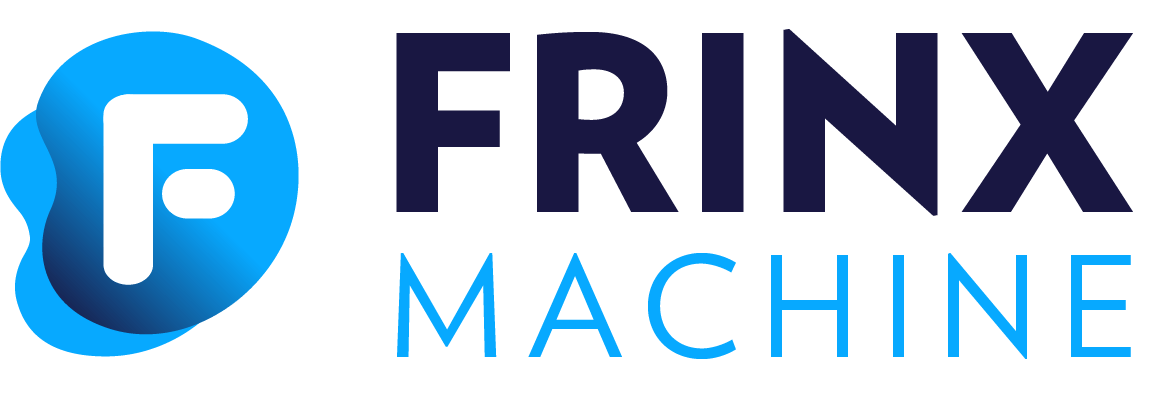#
Translation Units in general
#
Module structure
Translation unit is a self contained project which implements a mapping between OpenConfig based YANG models and device specific configuration. It is used by the FRINX ODL to perform translation between device specific configuration model and standard (OpenConfig) models. A unit usually consists of:
- Handlers
- Readers
- Writers
- TranslateUnit implementation
- RPCs
#
Handlers
Each complex node in YANG (container, list, augment...) should have a dedicated handler (Reader, Writer)
- This enables extensibility, readability and the framework can easily filter and process the data this way
- Unless there is a need to also handle child nodes, in which case register the handler using subtreeAdd method from the registries
There are 2 types of handlers: Readers (Read operation) and Writers (Create, Update, Delete operation)
One can implement just the readers or both readers and writers for YANG models. Writers must have counterpart readers because of reconciliation.
Readers and Writers should use the InstanceIdentifier parameter they receive in readCurrentAttributes or writeCurrentAttributes methods to find information about keys for their parent nodes. E.g. Reader registered under ID: /interfaces/interface/config will always receive keyed version of that ID: /interface/interface[Loopback0]/config. So it can use method firstKeyOf on InstanceIdentifier to get the keys.
RWUtils class contains methods for InstanceIdentifier manipulation.
Readers and writers can be easily tested and it is necessary to provide unit tests for all of them. It's important to cover readCurrentAttributes and writeCurrentAttributes with all possible scenarios (all data there, no data there, partial data there...)
Writers may use Preconditions.checkArgument() before accessing the device. Fail of the precondition check does not invoke default rollback (opposite operation) on the writer where precondition is located.
#
Base Handlers
When a handler for the same YANG node is implemented to conform various devices, it tends to lead to a lot of boilerplate and duplicate code. Therefore, we should implement a base handler for such handlers. How does it work:
- create a base-project (if there isn't any) to group base handlers (e.g. for an interface handler, choose interface-baseproject)
- each base handler needs to be abstract and implement same interfaces as the original handler
- extract common functionality in the base handler. Common functionality means that it will conform the majority of the original handlers. If a handler does not share the extracted functionality, it needs to override original interface methods, to hide the extracted functionality.
- let original handlers extend base abstract handler
